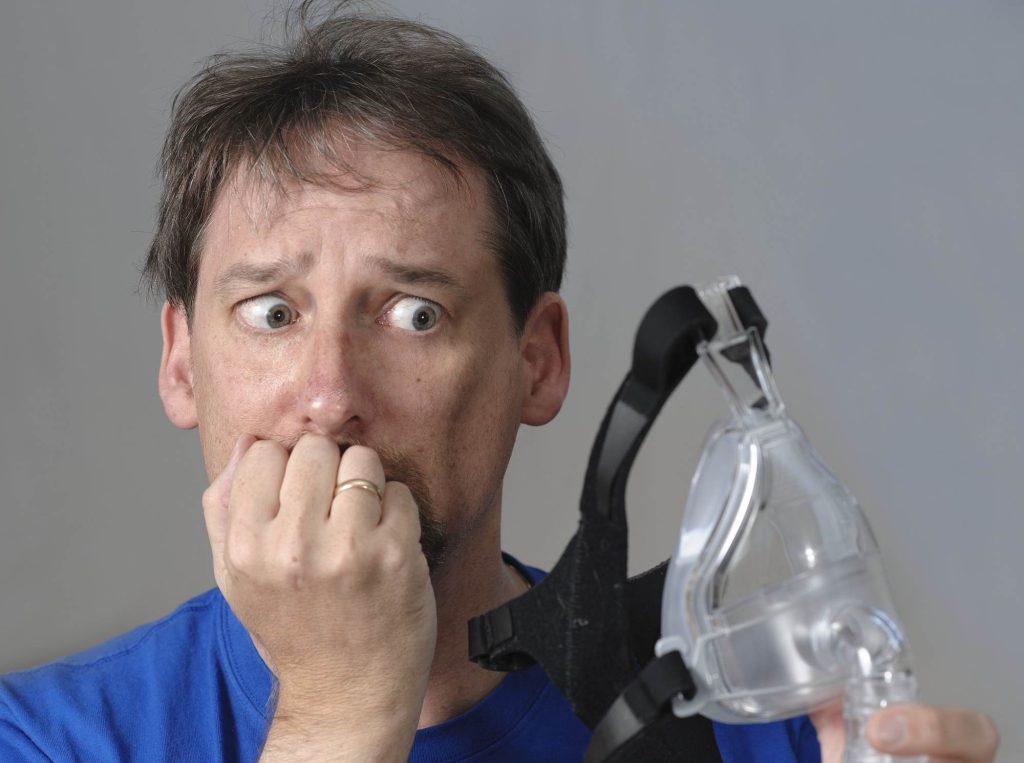Did you know that 7% of men have sleep apnea?
When you can’t catch a good night’s sleep, it can affect your health, mood, and more. Many people invest in a CPAP machine to keep their breathing steady.
Here are some of the most common problems with solutions that can help you resolve them.
1. Low Air Pressure
Troubleshooting low air pressure on a CPAP machine can be tricky. Before getting started, you’ll need to ensure that your machine is connected to a reliable power source and that all connections are secure. Once the device is set up, common problems may be causing the low pressure.
One is a blocked air filter, which can happen when dirt and debris enter the machine. You’ll want to remove and have a CPAP machine cleaner to solve this. You can use distilled water in CPAP to supply air pressure constantly.
It’s possible that the tubing is not adequately ventilated or the air pressure setting is too low. Try putting the tube closer to the machine to normalize the pressure and get the machine up and running again.
2. Dealing with Power-Supply Problems
When troubleshooting common problems with CPAP machines, one of the most significant issues is dealing with a power supply issue. The best way to address this issue is to locate the power supply and check the connection. Ensure the plug is fully inserted into the outlet and the power cord securely connects to the machine.
Then, check the outlet with a voltage meter to see if the outlet has power. If the voltage is below 4.5 volts, replace the outlet with more power. Check the power supply fuse or circuit breaker to see if there is a shortage.
If so, you should replace the fuse or reset the circuit breaker. These steps can help identify and fix the power supply issues quickly and get your new CPAP machines up and running again.
3. Identifying Leakage
CPAP machines are one of the most common treatments for sleep apnea. However, they can be tricky to troubleshoot. Identifying a leakage problem is one of the common issues with sleep machines.
One of the simplest ways to identify a leakage problem is to check for areas of the mask that may have small gaps or holes. If these leaks go unnoticed and are not repaired, they can lead to a decrease in the efficiency of the therapy. Also, checking the tube and mask seals is essential to detecting leaks.
Cleaning the CPAP components regularly can prevent bacteria buildup, which can also cause leaks. Common factors such as leaks, pressure, humidity, and debris build-up should all be monitored to ensure a user’s machine works properly.
Troubleshooting CPAP Machine
Troubleshooting these common problems of a CPAP machine is not as complicated as it may seem. With an understanding of the basics and patience, most minor issues will not be too problematic. If you still have difficulty with your CPAP, contact a healthcare professional for further assistance.
Don’t forget to visit our website and read more.

